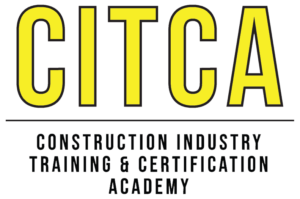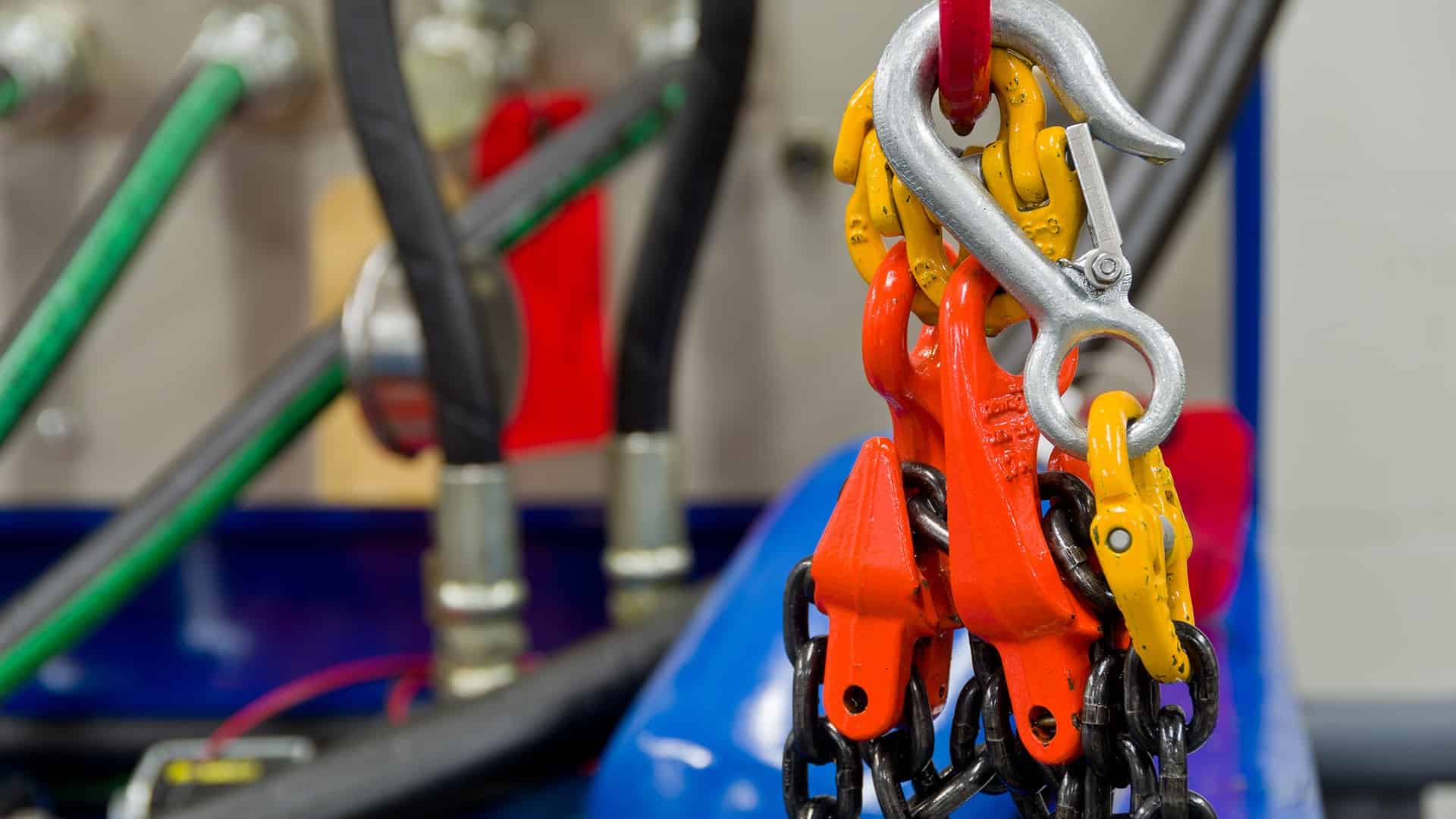Compliance: Meets all OSHA Requirements
This comprehensive course equips participants with the knowledge and skills required for safe hoisting operations, ensuring compliance with OSHA’s updated Cranes & Derricks in Construction standard. The course is designed for professionals responsible for rigging and signaling during hoisting activities, ensuring safety in high-risk environments where workers’ lives depend on the strength and precision of rigging and signaling.
Course Highlights:
Rigger Training:
- Learn the hazards associated with hoisting and rigging.
- Understand OSHA requirements for qualified riggers.
- A qualified rigger is a person with the credentials, training, and experience to safely perform rigging tasks, as determined by their employer.
- Recognize that different rigging tasks require unique skills and experience. From simple lifts to complex jobs, participants will be equipped to evaluate and execute rigging tasks specific to each job’s demands.
Key OSHA Rigger Criteria:
- A qualified rigger must:
- Possess a recognized degree, certificate, or relevant professional standing.
- Have extensive knowledge, training, and experience in rigging operations.
- Demonstrate the ability to solve rigging-related problems.
- Riggers must be skilled in the specific tasks for the job, including equipment handling and load management.
Signaler Qualification Training:
- Signalers must meet OSHA’s Qualification Requirements to ensure safe communication during crane operations.
- Participants will be trained to:
- Understand and apply various types of signaling methods (hand, radio, etc.).
- Competently communicate with crane operators, understanding equipment dynamics, limitations, and crane behavior.
- Meet OSHA standards through written and practical assessments, ensuring safety and compliance in every signaling task.
This course ensures participants are qualified to perform critical rigging and signaling tasks, keeping teams safe, compliant, and effective on the job site.

